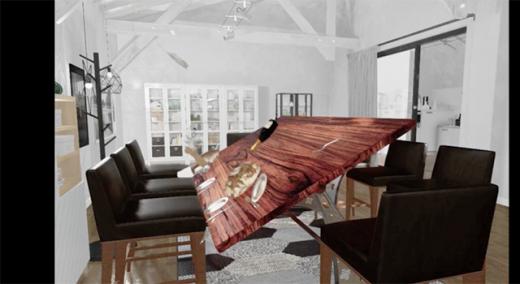First published Dec. 6, 2021, on MIT News.
While standing in a kitchen, you push some metal bowls across the counter into the sink with a clang, and drape a towel over the back of a chair. In another room, it sounds like some precariously stacked wooden blocks fell over, and there’s an epic toy car crash.
|
ADVERTISEMENT |
These interactions with our environment are just some of what humans experience on a daily basis at home, but while this world may seem real, it isn’t.
A new study from researchers at MIT, the MIT-IBM Watson AI Lab, Harvard University, and Stanford University is enabling a rich virtual world, very much like stepping into The Matrix. Their platform, called ThreeDWorld (TDW), simulates high-fidelity audio and visual environments, both indoor and outdoor, and allows users, objects, and mobile agents to interact like they would in real life and according to the laws of physics. Object orientations, physical characteristics, and velocities are calculated and executed for fluids, soft bodies, and rigid objects as interactions occur, producing accurate collisions and impact sounds.
…

Add new comment